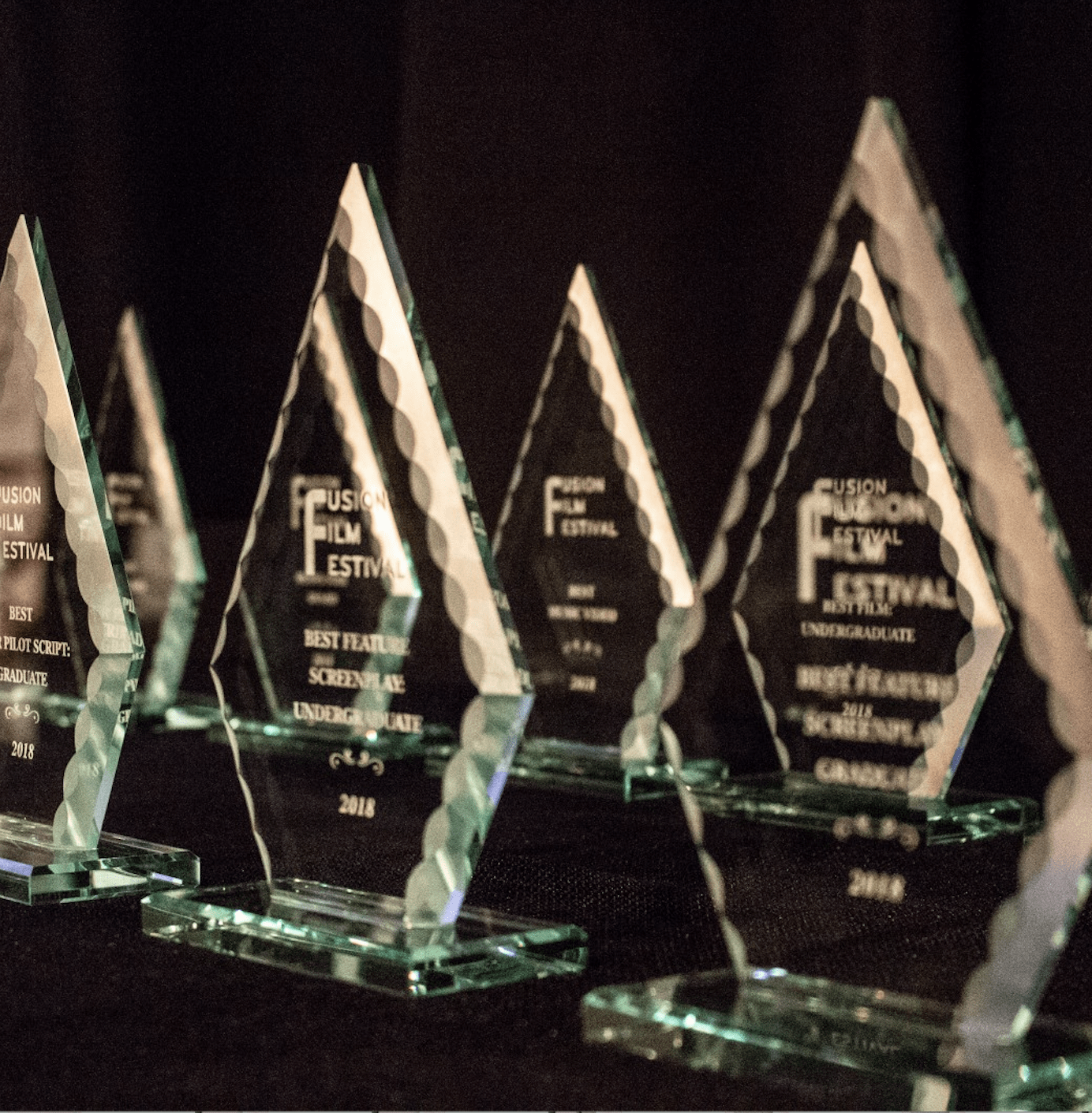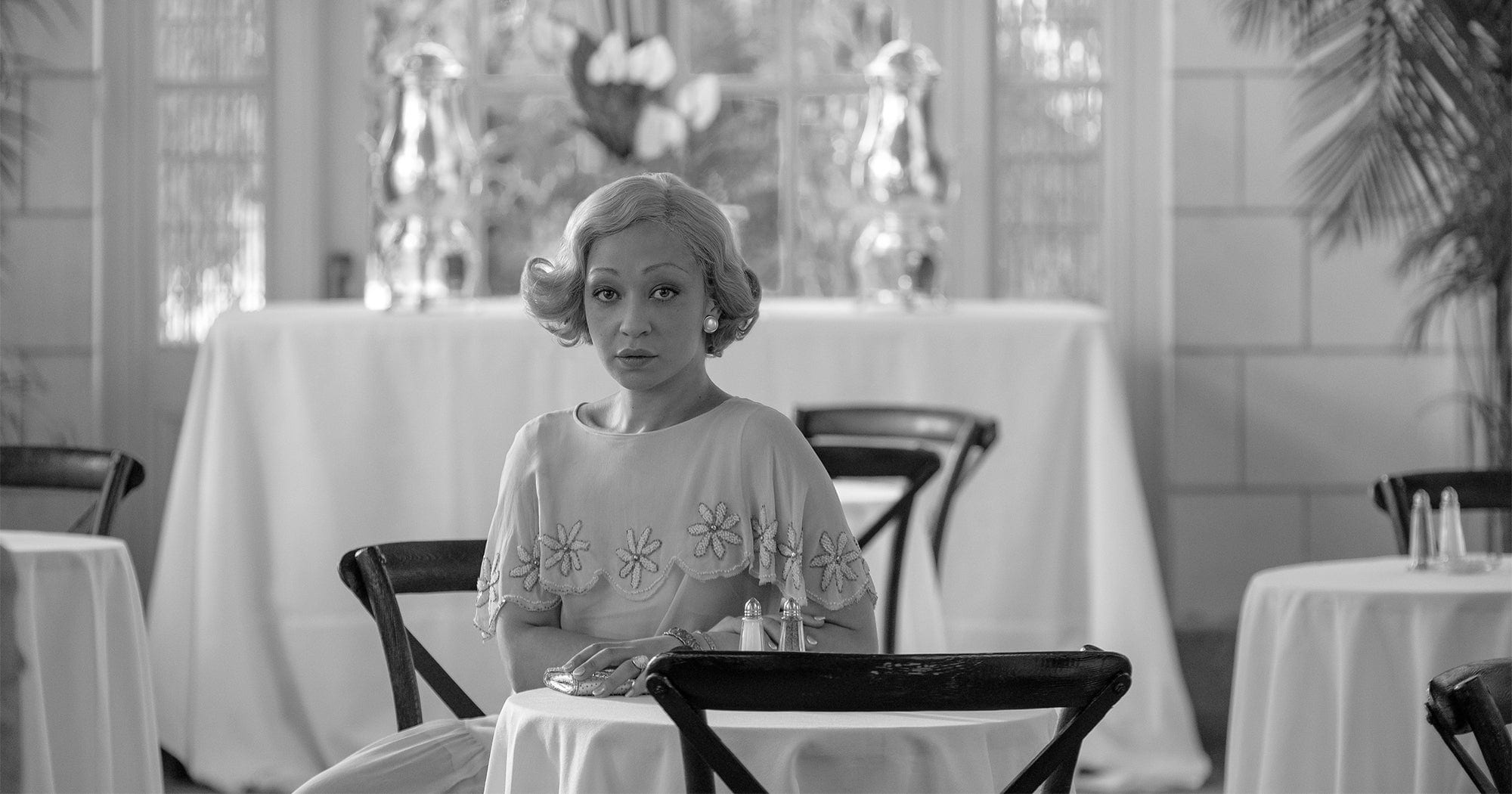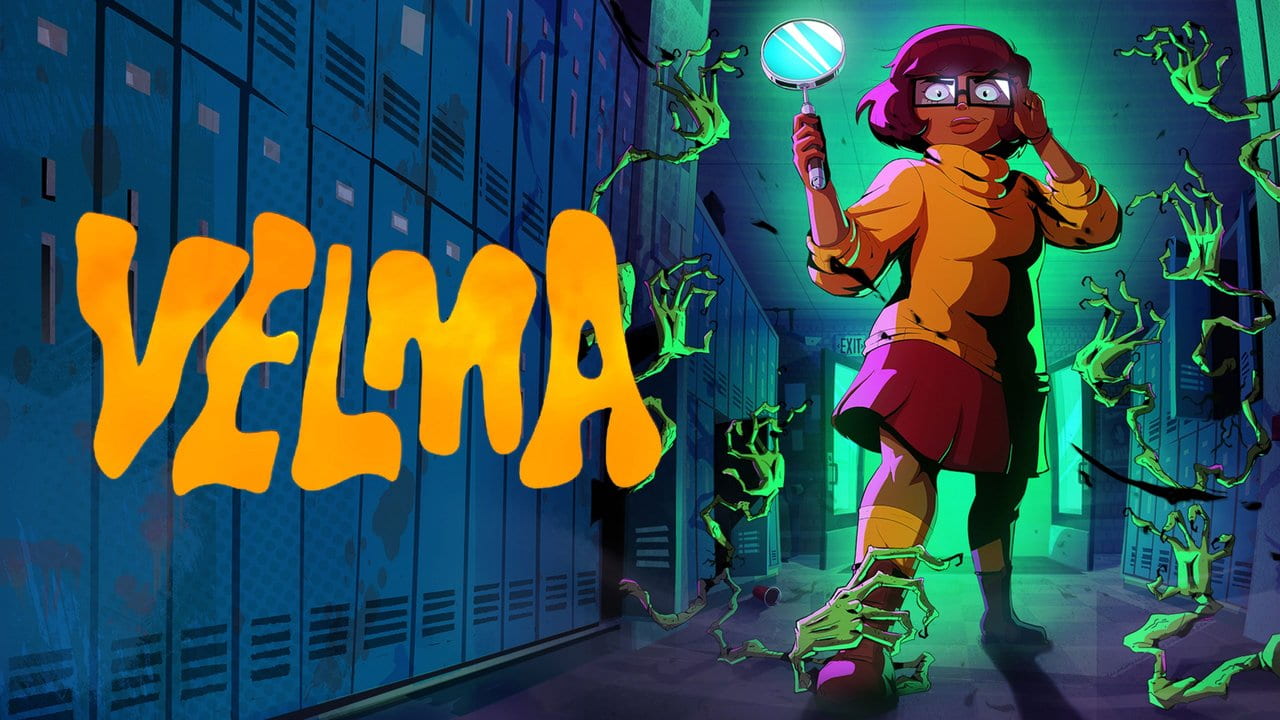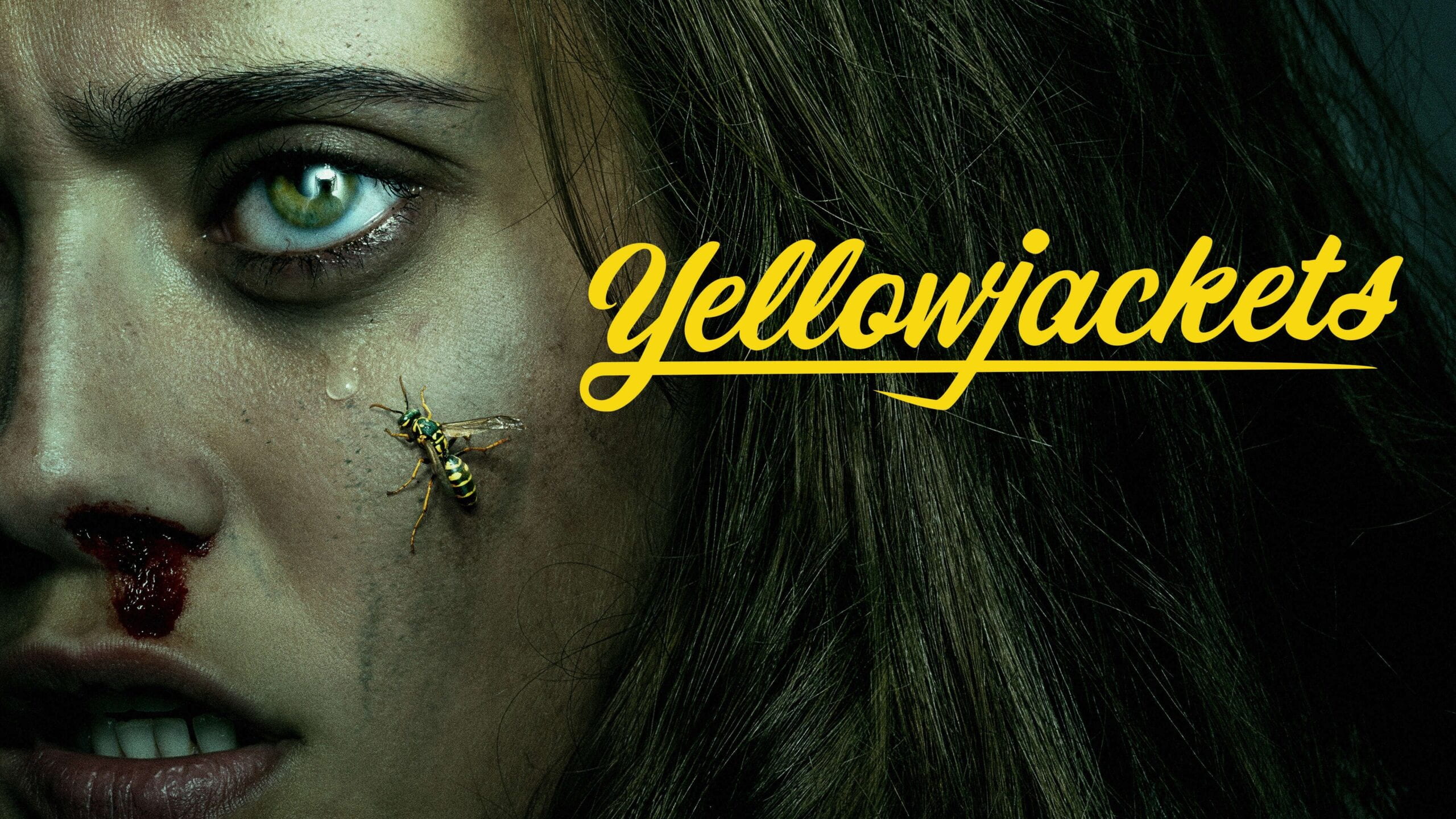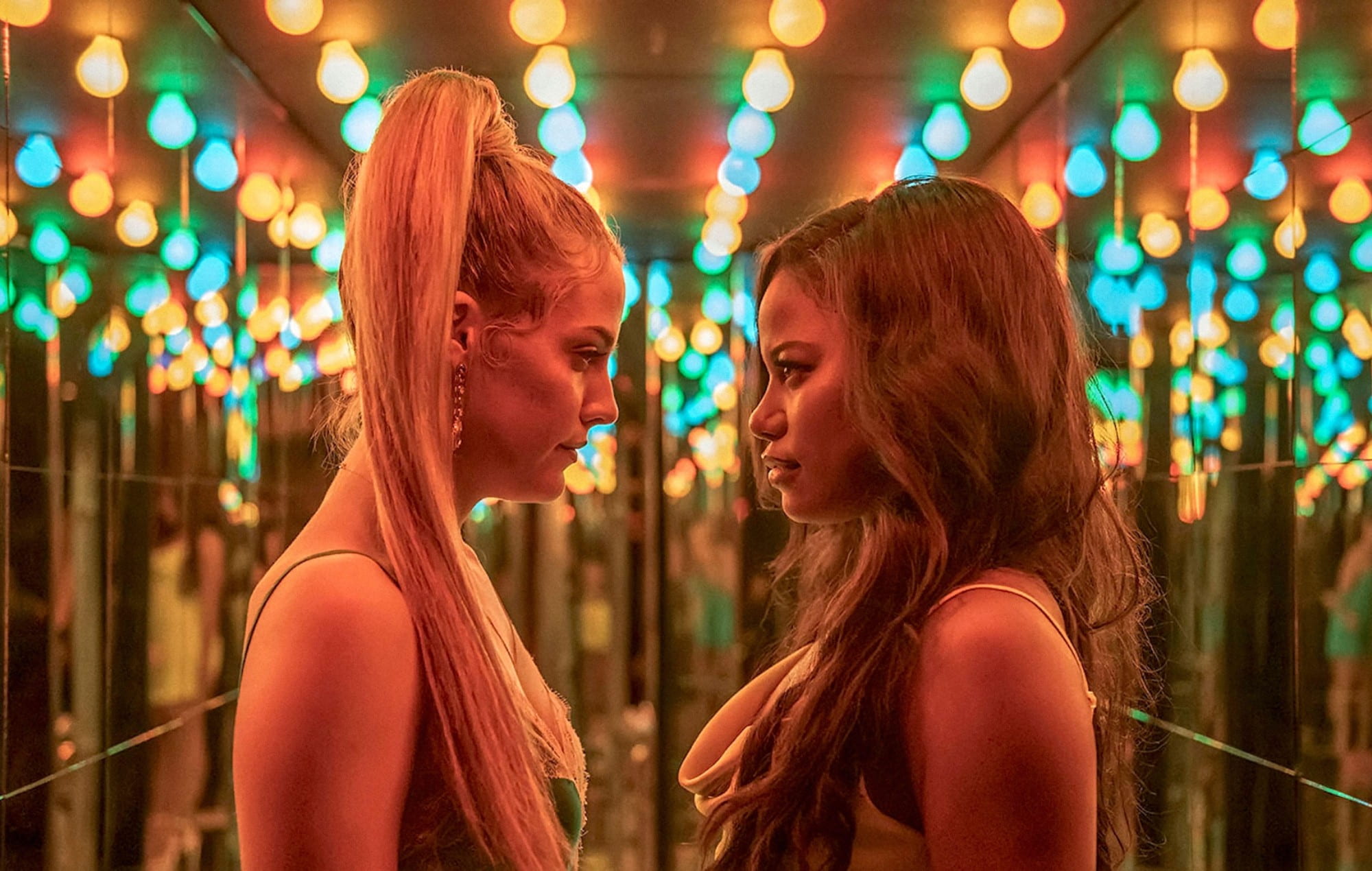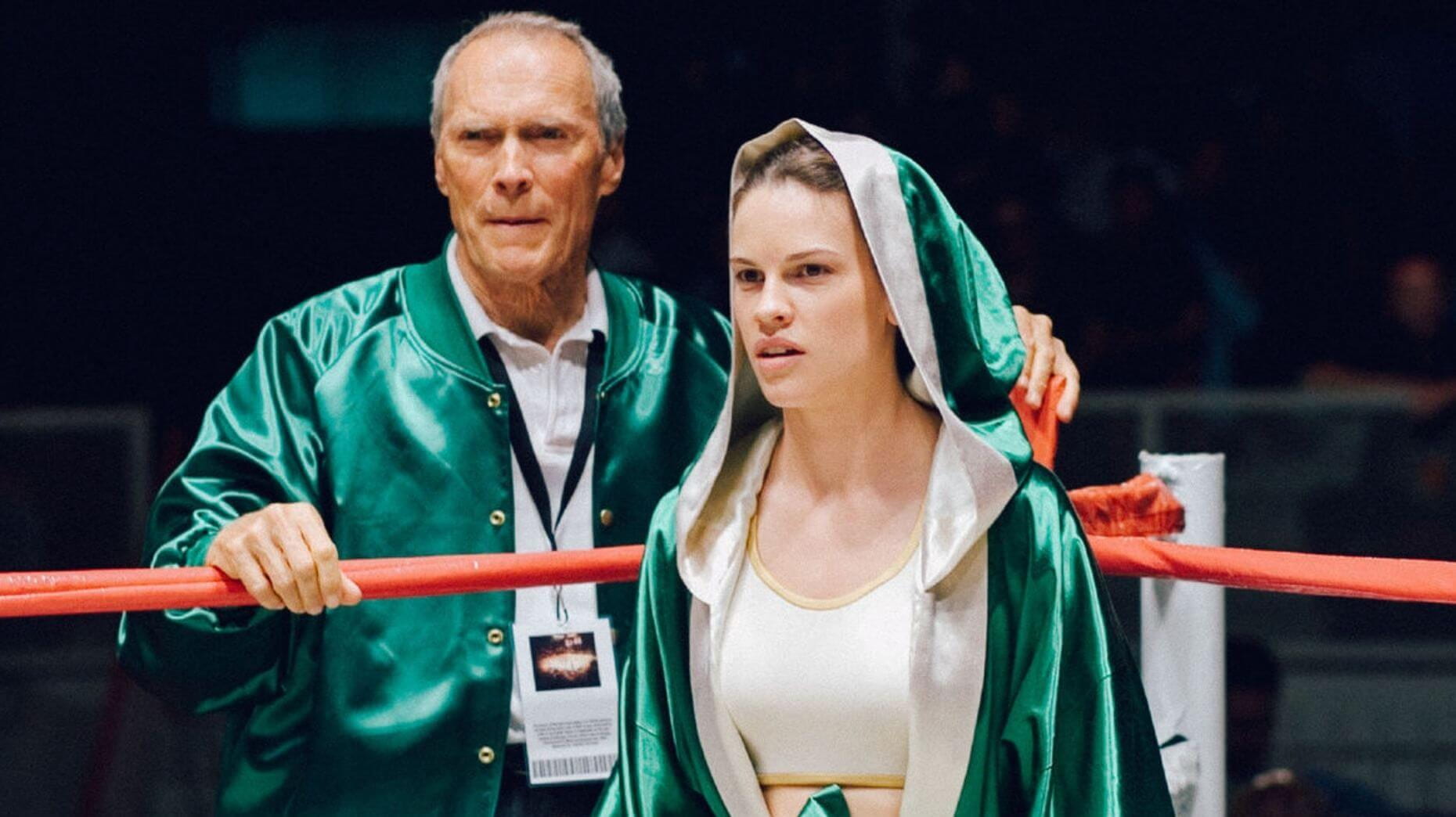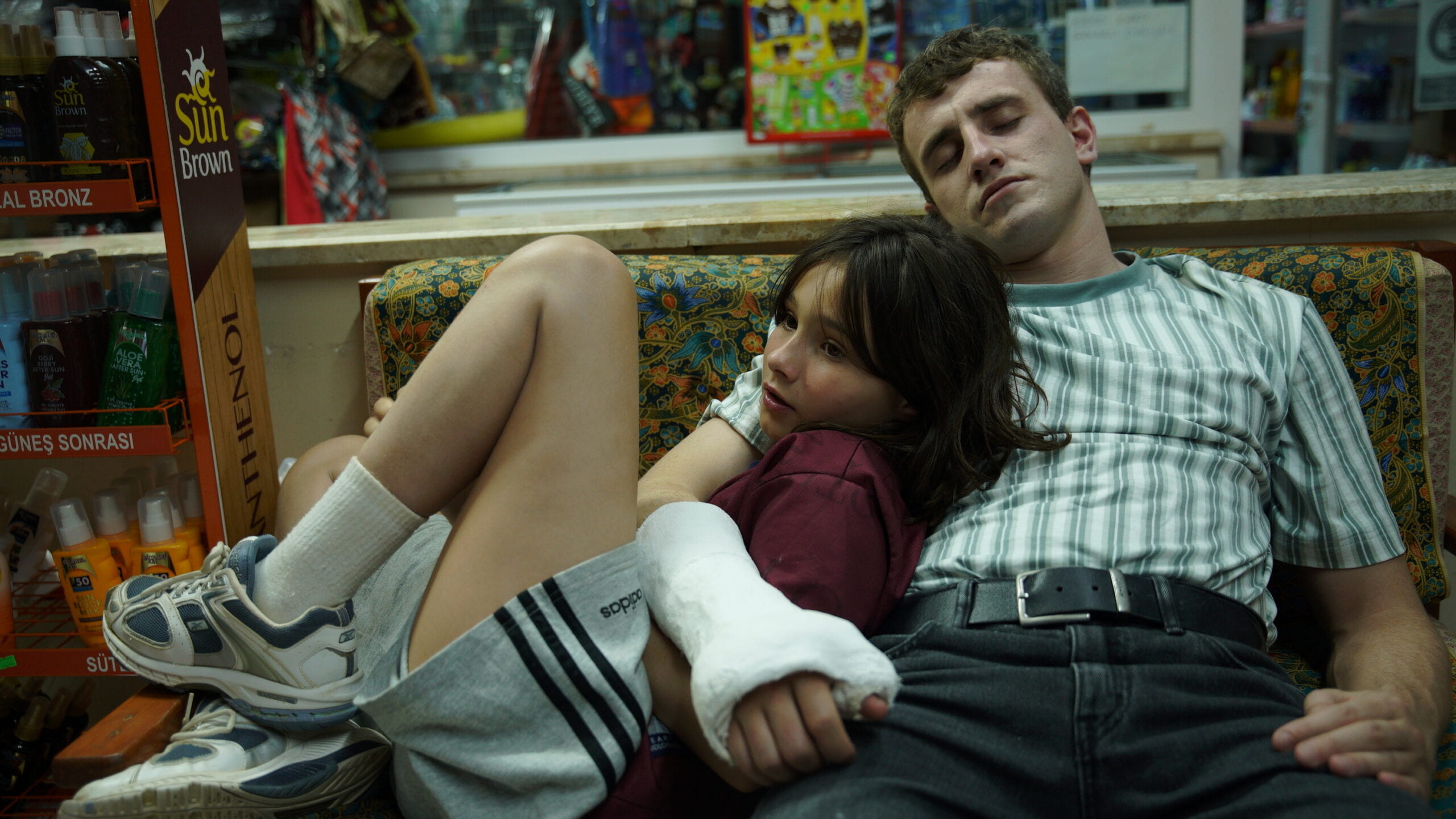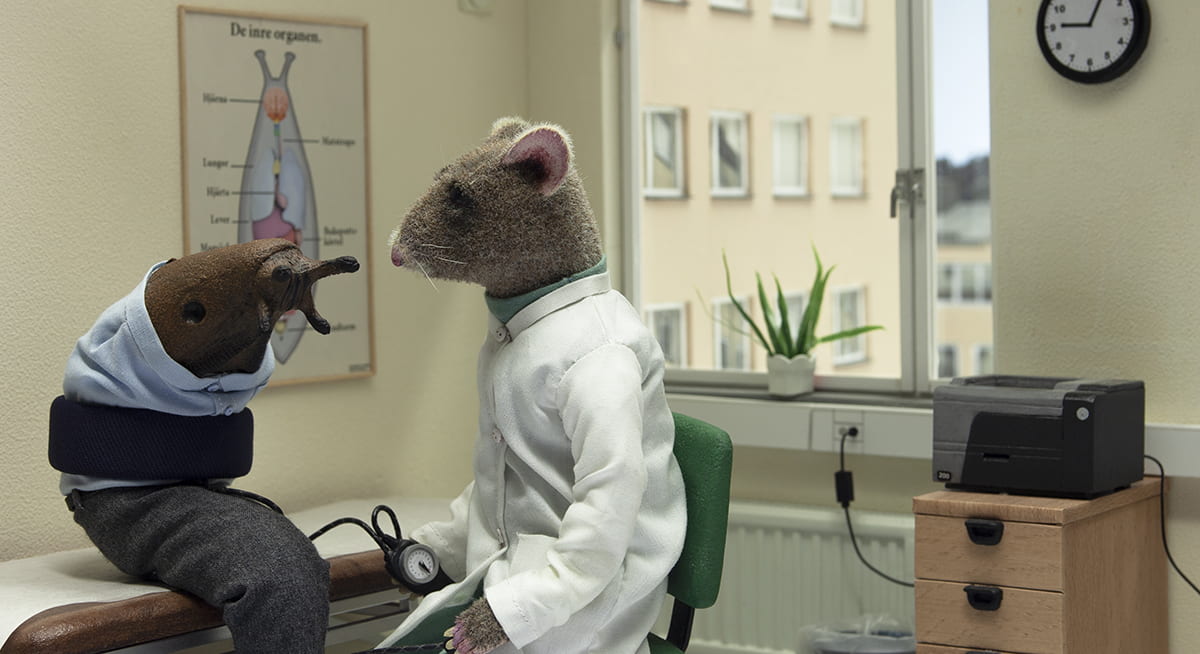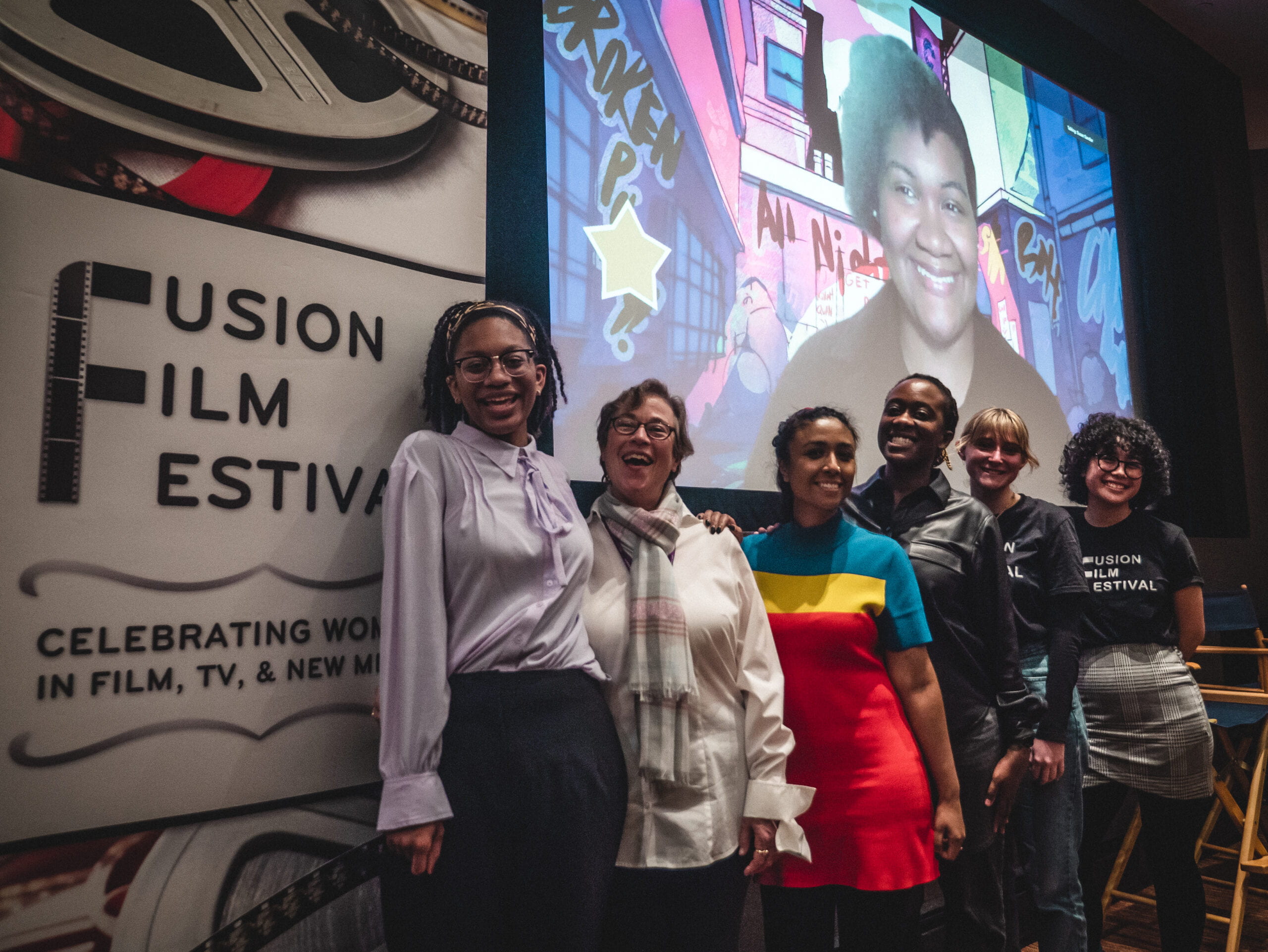Fusion Film Festival Begins Soon!
By Kenzie Packer
For those of you with a penchant for the creative and a love of storytelling, Fusion Film Festival is opening its doors just for you! Our annual festival will commence this April from the 12th through the 15th with a series of fantastic events, illustrious guest speakers, and unforgettable awards!
The festival begins Wednesday, April 12 with the Industry Visionary Award Luncheon. For those of you who have been named finalists at the festival, you will receive a personal invitation to join us in the Dean’s Conference Room and chat with fellow filmmakers, as well as meet the Commissioner of the New York City Mayor’s Office of Media and Entertainment, Anne del Castillo! If you’re a finalist, come on down for a morning of wonderful conversation with fellow artists!
On Thursday, April 13, we will be hosting the eminent Magdalene Taylor, a writer on sex and culture whose name has crowned the bylines of the New York Times, The Guardian, Slate, and Vulture. She will be joined by a stunning team of folks working in the film industry to discuss Representing Female Sexuality and Intimacy on screen. Brittany Huckabee, producer of HOT GIRLS WANTED, will also join.
For the first time in two years, we will even be bringing back our Docs-in-the-Works Pitch Competition. On Friday, April 14, we will host this fantastic event to honor filmmakers whose documentaries are currently in progress. Join us as we watch finalists pitch their ideas to a panel of top industry professionals.
After, stick around for a screening of the action-comedy film POLITE SOCIETY, followed by a Q&A with director Nida Manzoor. Manzoor’s debut feature with Focus Features and Working Title premiered at the 2023 Sundance Film Festival. The boisterous and original film follows a British Pakistani teenager (and aspiring stuntwoman) who attempts to save her older sister from a semi-arranged marriage by performing an elaborate heist.
On Saturday, April 15, we round out our festival with a Panel on Critiquing & Analyzing Media with an amazing group of literary publishers and writers. They will chat about criticism versus reviews, the challenges faced in the field, and the responsibilities of film and television writing.
After, join us for the highlight of our festival, a Masterclass with writer, actor, and director Ana Fabrega! We will screen two episodes of HBO’s cult hit comedy series LOS ESPOOKYS, then Fabrega herself will stay for a conversation that will be moderated by Insider’s Libby Torres. Laugh along with us as we watch a hilarious group of friends who turn their love of horror into a peculiar business, providing horror to those who need it in a dreamy Latin American country where the strange and eerie are just part of daily life.
The final event of Fusion Film Festival’s 2023 circuit will be our Finalist Screening & Award Ceremony. Join us for a stunning finale as we screen the finalists of the festival and award the next generations of storytellers!
We can’t wait to see you there! Check out our Eventbrite page for more details about each event and to RSVP. See you at the festival!
